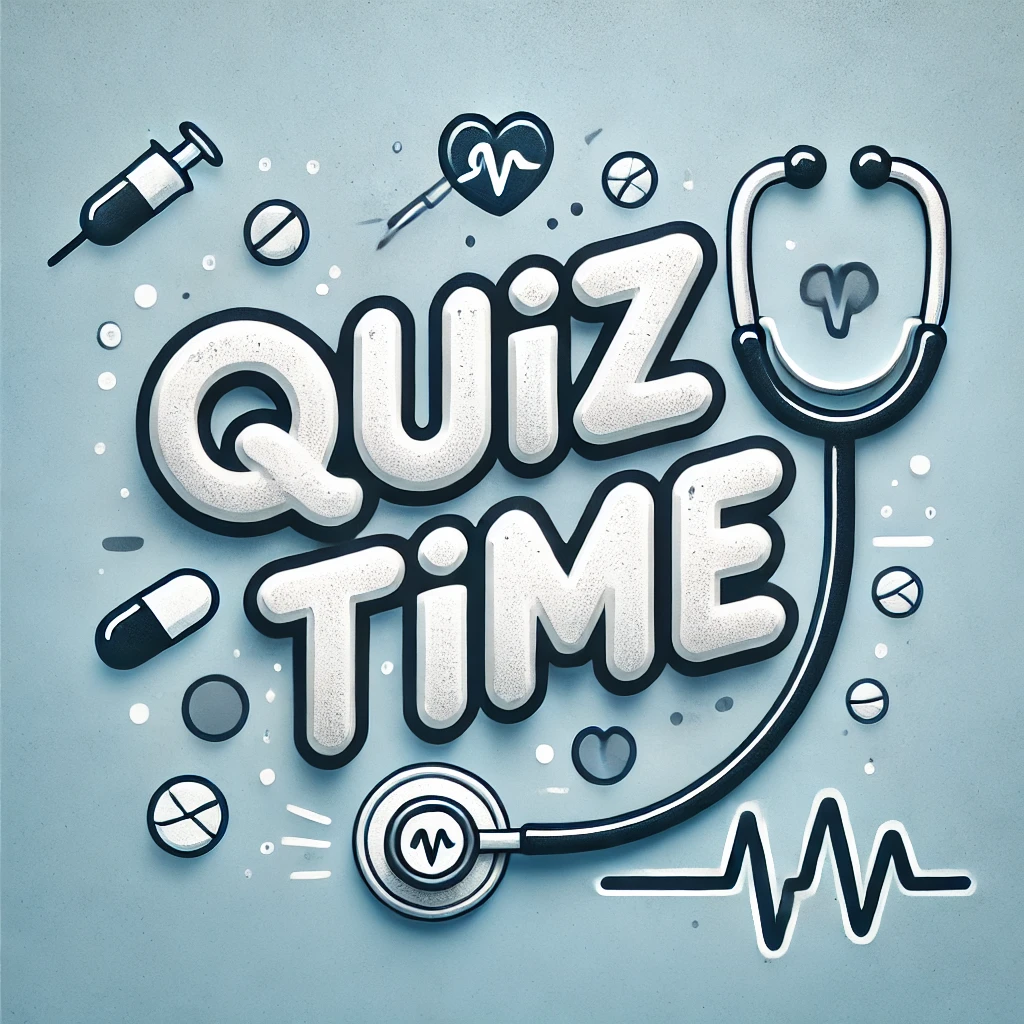A 44-year-old man had a uric acid level of 8.4 mg/dL
A 44-year-old man had a comprehensive metabolic profile performed during a "health fair" sponsored by his employer that revealed he had a uric acid level of 8.4 mg/dL (normal range, 3.0-6.5 mg/dL). The result was highlighted in red, prompting him to make an appointment. He is healthy and has no medical complaints. He is taking no regular medications. His family history is significant for cardiovascular disease in his father and paternal grandfather.
The patient wonders what his risk of gout is and whether he needs to be taking a medication.
What is the approximate annual incidence of gout in a person with a uric acid level similar to this patient?
- 40%
- 5%
- 20%
- 0.5%
The correct answer is:
0.5%
Educational Objective:
Estimate a patient's risk of gout in relation to uric acid levels.
Key Point:
Uric acid levels can be elevated even in completely asymptomatic patients.
Explanation:
The annual incidence of gout in people with a uric acid level between 7.0 and 8.9 mg/dL (normal range, 3.0-6.5 mg/dL) is 0.5%. Although dietary counseling is certainly appropriate for people with asymptomatic hyperuricemia, drug therapy is generally reserved for those who have had 2 symptomatic gout attacks.
References:
Dalbeth N, Merriman TR, Stamp LK. Gout. Lancet. 2016;388(10055):2039-2052.
Goldman L, Schafer AI. Goldman-Cecil Medicine. 25th ed., 2015.
This question appears in Med-Challenger Family Medicine Exam Review with CME
Try for free and save. Ace your exams and meet your CME/MOC requirements for just $35 a month!




.png)